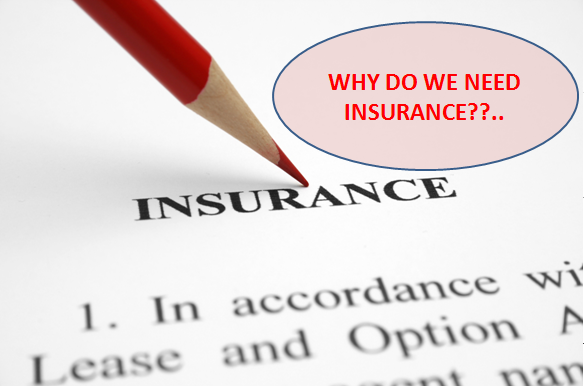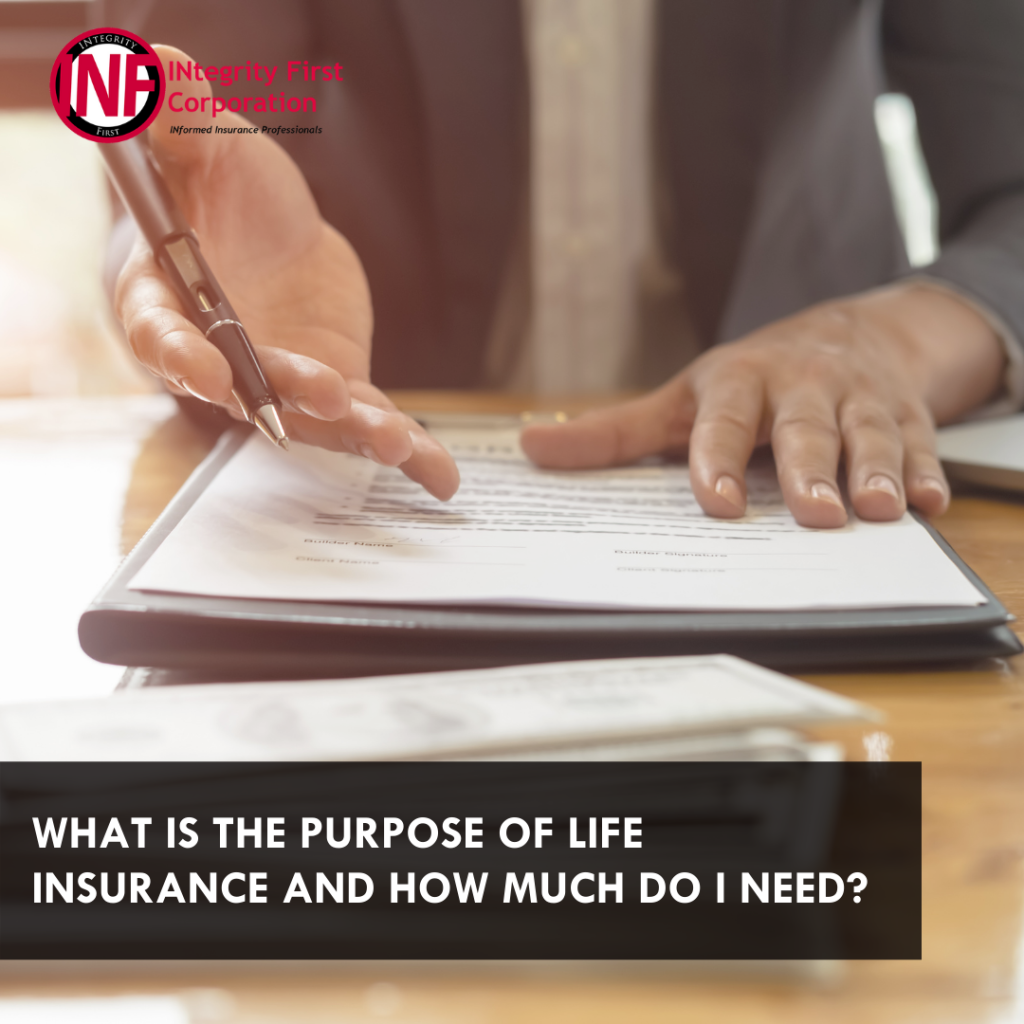Unknown Facts About Pacific Prime
Table of ContentsPacific Prime Can Be Fun For EveryonePacific Prime for BeginnersA Biased View of Pacific PrimeThe Single Strategy To Use For Pacific Prime
In many states, the insurer is needed to send you a duplicate of the modifications to your plan. It is necessary that you review Recommendations or Cyclists so you understand how your plan has altered and if the policy is still ample to fulfill your needs. To obtain a copy of your insurance plan, please contact your insurance agent or company.
The Institute of Medication (IOM) Board on the Consequences of Uninsurance launches an extensive exam of proof that addresses the relevance of medical insurance coverage with the publication of this record. Protection Matters is the first in a series of six reports that will certainly be issued over the next 2 years documenting the fact and repercussions of having actually an estimated 40 million people in the United States without medical insurance protection.

Pacific Prime Fundamentals Explained
The objective of this collection of research studies is to redouble policy focus on a longstanding trouble. Complying with the longest economic development in American history, in 1999, an estimated one out of every six Americans32 million grownups under the age of 65 and greater than 10 million childrenremains uninsured (Mills, 2000).

10 percent of the populace accounts for 70 percent of wellness care expenditures, a relationship that has continued to be constant over the past three decades (Berk and Monheit, 2001) - global health insurance. Thus medical insurance continues to serve the feature of spreading out danger even as it progressively finances regular treatment. From the viewpoint of health care providers, insurance coverage lugged by their patients helps secure an income stream, and communities take advantage of economically feasible and secure healthcare specialists and organizations
Federal government gives wellness insurance to populaces whom the personal market might not offer properly, such as disabled and senior individuals, and populaces whose access to health treatment is socially valued, such as kids and pregnant women. The utmost ends of medical insurance coverage for the private and areas, consisting of office neighborhoods of staff members and employers, are improved wellness end results and lifestyle.
Pacific Prime for Beginners
Employees rate health and wellness insurance policy initially without a doubt in value among all the benefits offered in the office (Salisbury, 2001). Although there have been substantial investments of personal and public funds to supply health and wellness insurance, many individuals still have no insurance coverage. In spite of substantial coverage of study searchings for and wellness treatment research results, the public continues to be confused and misinformed regarding Americans without medical insurance and the ramifications of lacking insurance coverage.

Without doubt, the intricacy of American health care funding systems and the wide range of resources of information contribute to the public's confusion and suspicion about medical insurance stats and their interpretation. This report and those that will certainly comply with purpose to distill and present in conveniently understandable terms the substantial study that births on questions of medical insurance protection and its value.
Fifty-seven percent of Americans polled in 1999 thought that those without medical insurance are "able to get the treatment they need from physicians and hospitals" (Blendon et al., 1999, p. 207). In 1993, when nationwide focus was concentrated on the issues of the without link insurance and on pending healthcare regulations, just 43 percent of those surveyed held this belief (Blendon et al., 1999).

They also receive less preventative services and are much less most likely to have routine take care of persistent conditions such as hypertension and diabetes. Persistent illness can lead to expensive and disabling difficulties if they are not well handled (Lurie et al., 1984; Lurie et al., 1986; Ayanian et al., 2000). One nationwide survey asked greater than 3,400 adults regarding 15 highly serious or somber conditions.
Everything about Pacific Prime
Additional proof exists later on in this phase in the discussion of insurance and accessibility to healthcare. https://filesharingtalk.com/members/594499-pacificpr1me. Individuals without medical insurance are young and healthy and pick to do without insurance coverage. Almost fifty percent (43 percent) of those surveyed in 2000 thought that people without wellness insurance policy are much more likely to have illness than individuals with insurance coverage
Citizens and plan manufacturers in focus group conversations identify those without insurance coverage as youths who have the possibility to be covered and feel they do not need it (Doorperson Novelli, 2001). Compared to those with at the very least some private insurance coverage, the uninsured are less likely to report remaining in exceptional or great health (Company for Medical Care Research Study and Quality, 2001).
SOURCE: Center for Price and Funding Studies, Company for Health Care Study and High quality, based upon MEPS information. Young person in between 19 and 34 are much more most likely to lack health insurance coverage than any kind of other age. This is primarily since they are much less commonly eligible for employment-based insurance coverage as a result of the nature of their work or their brief tenure in it.
The understanding that people without insurance coverage have better-than-average wellness follows from confusing the fairly young age profile of the without insurance with the far better wellness, typically, of more youthful persons. This covers the web link between wellness condition and medical insurance. For those without accessibility to work environment wellness insurance policy, inadequate health is a potential obstacle to purchasing nongroup coverage due to the fact that such insurance coverage may be very valued, omit pre-existing conditions, or be just inaccessible.